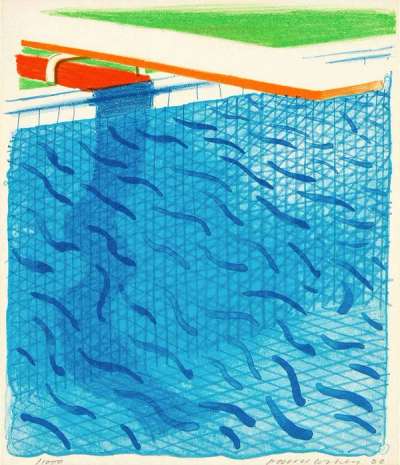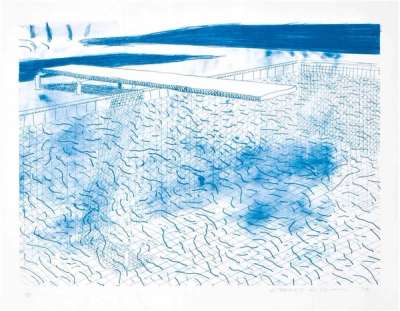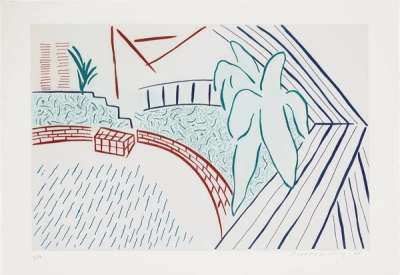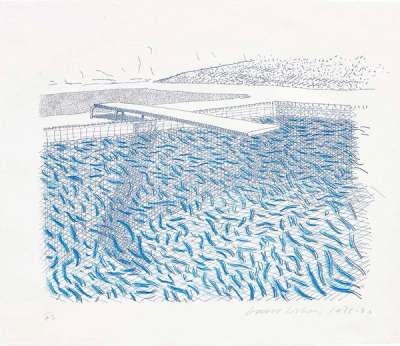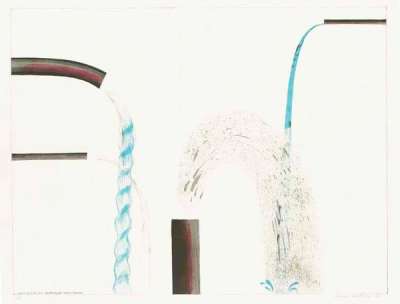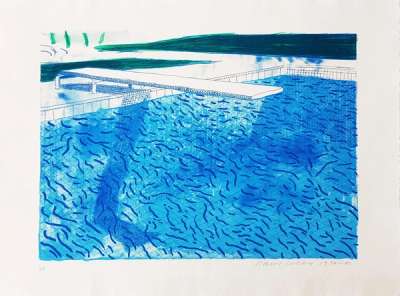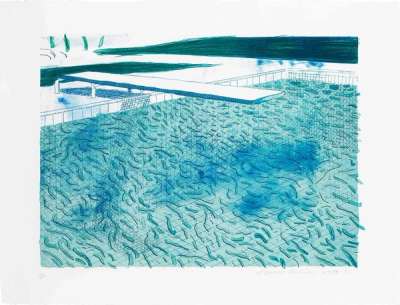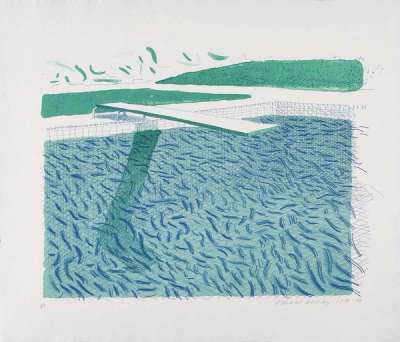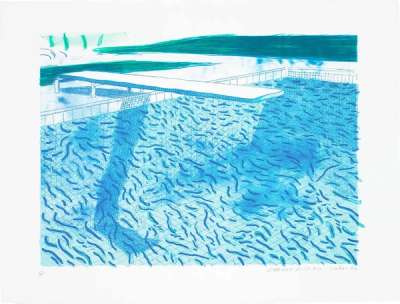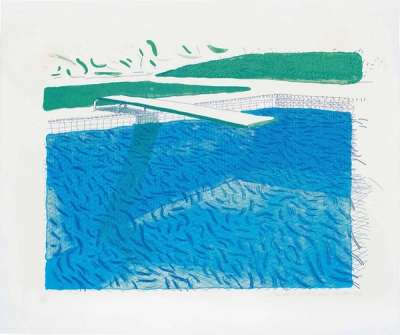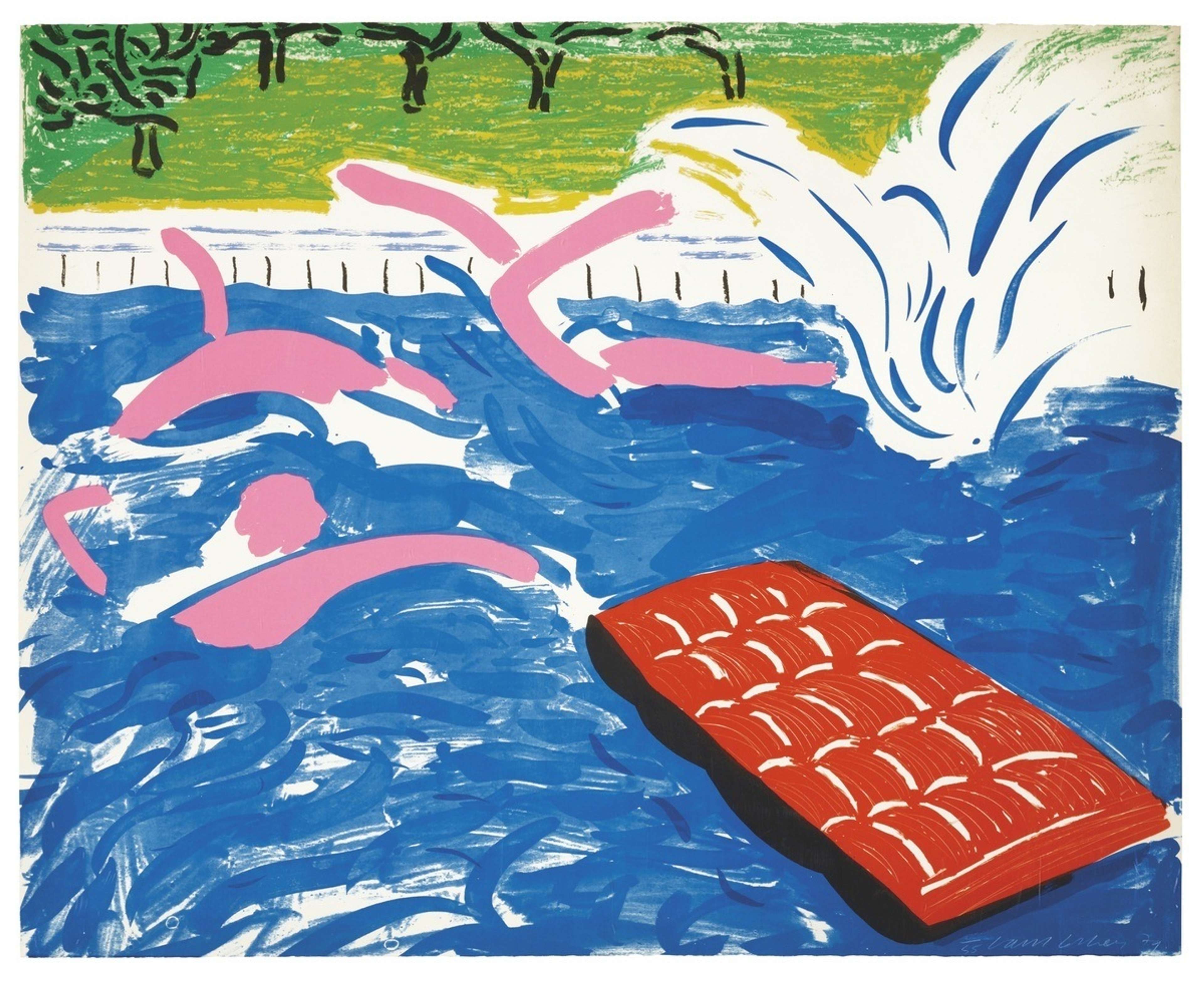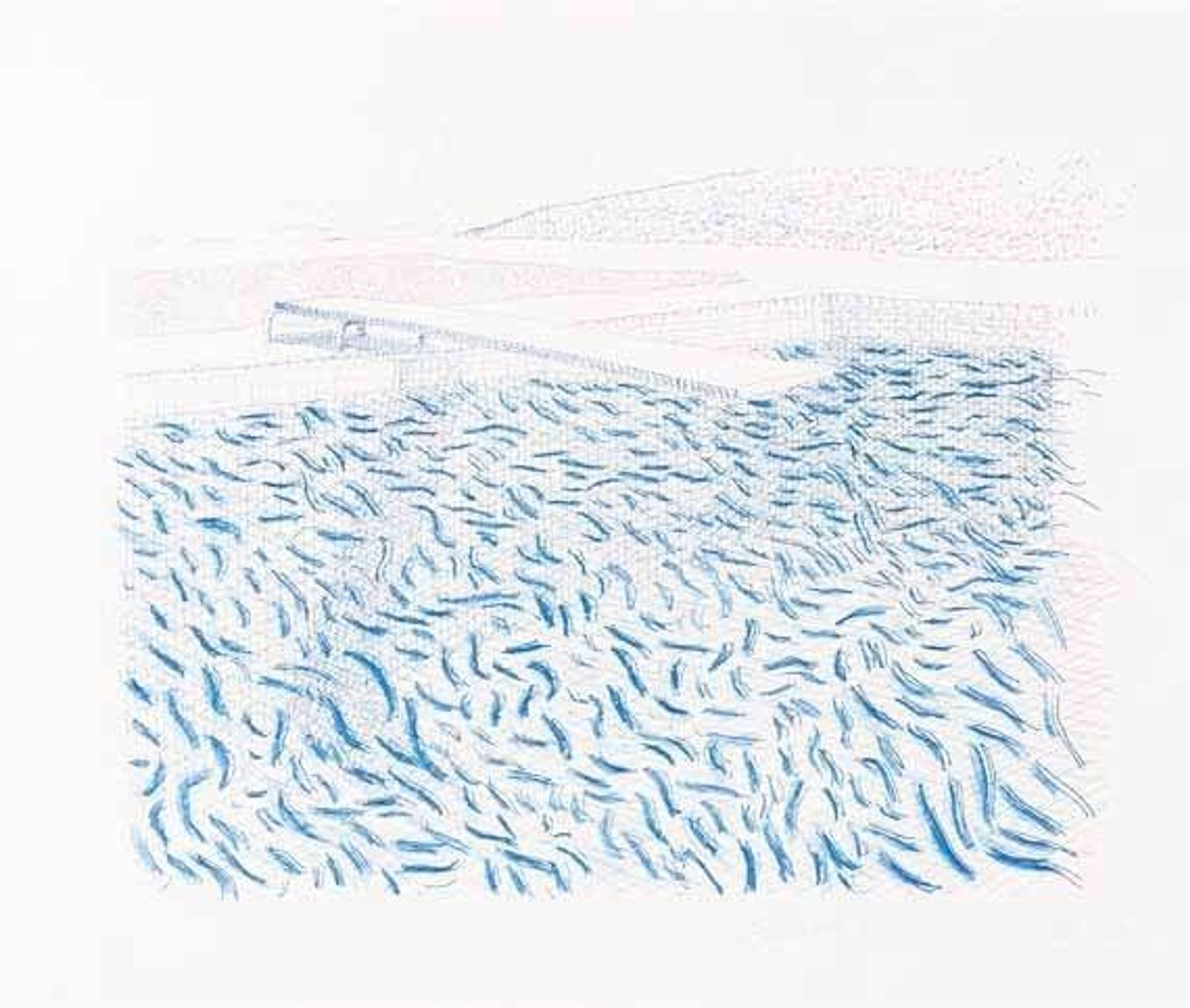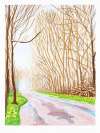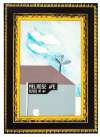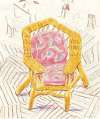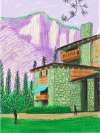Swimming
Pools
David Hockney and swimming pools are practically synonymous. The British artist moved to Los Angeles in 1964, seeking to escape the greyness of post-war England in favour of the sharp light and shadows of Hollywood. He found an abundance of sunshine, and enchanting turquoise pools, which have figured as a central motif in his art since.
David Hockney Swimming Pools For sale
Swimming Pools Value (5 Years)
Works from the Swimming Pools series by David Hockney have a strong market value presence, with 318 auction appearances. Top performing works have achieved standout auction results, with peak hammer prices of £303010. Over the past 12 months, average values across the series have ranged from £9400 to £181937. The series shows an average annual growth rate of 15.08%.
Swimming Pools Market value
Auction Results
Sell Your Art
with Us
with Us
Join Our Network of Collectors. Buy, Sell and Track Demand
Meaning & Analysis
Reminiscent of Hockney’s celebrated painting A Bigger Splash, the Swimming Pools prints show Hockney exploring this subject across a different medium.
The artist also made a number of prints depicting swimming pools however, with the medium lending itself particularly well to the watery tones, adding a layer of transparency to the works that contrasts with the flatness of some of the paintings.
Along with Hockney’s other iconic subjects – including the double portrait and perhaps the still life of flowers – swimming pools have become forever associated with this British artist who moved to LA in 1964, in search of the sharp light and shadows he had seen in Hollywood movies as a student. Comparing the move to ‘Van Gogh going to Arles’, Hockney sought to escape what he saw as the greyness of post-war England at a time when most artists were finding a new home on the east coast. In these vibrant prints we can also see the influence of modernists such as Henri Matisse who similarly sought out the bright sunshine of the South of France, particularly in intaglio prints such as My Pool And Terrace and lithographs such as Afternoon Swimming. Indeed the contrast with his earlier prints, made mostly during his time at the RCA in London, is stark. In series such as A Rake’s Progress, and works like Myself And My Heroes, Hockney chooses to use the etching technique to produce a mostly monochromatic effect.
